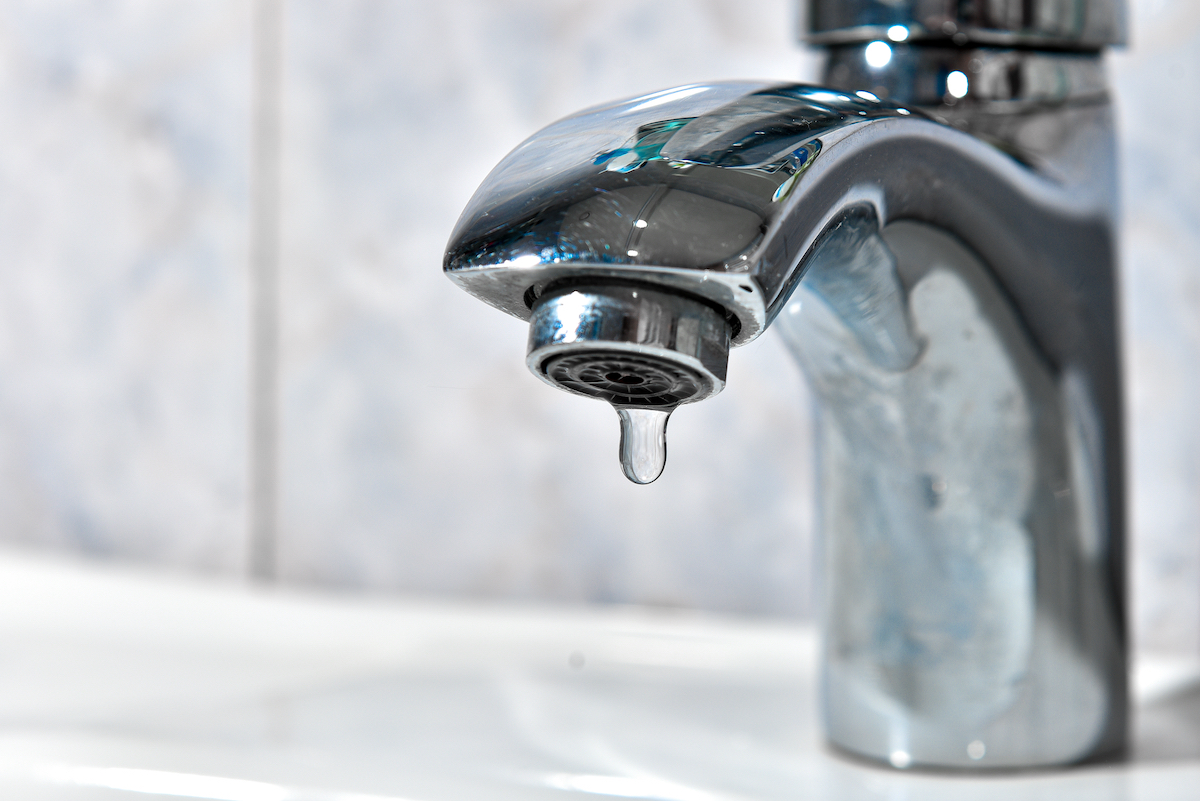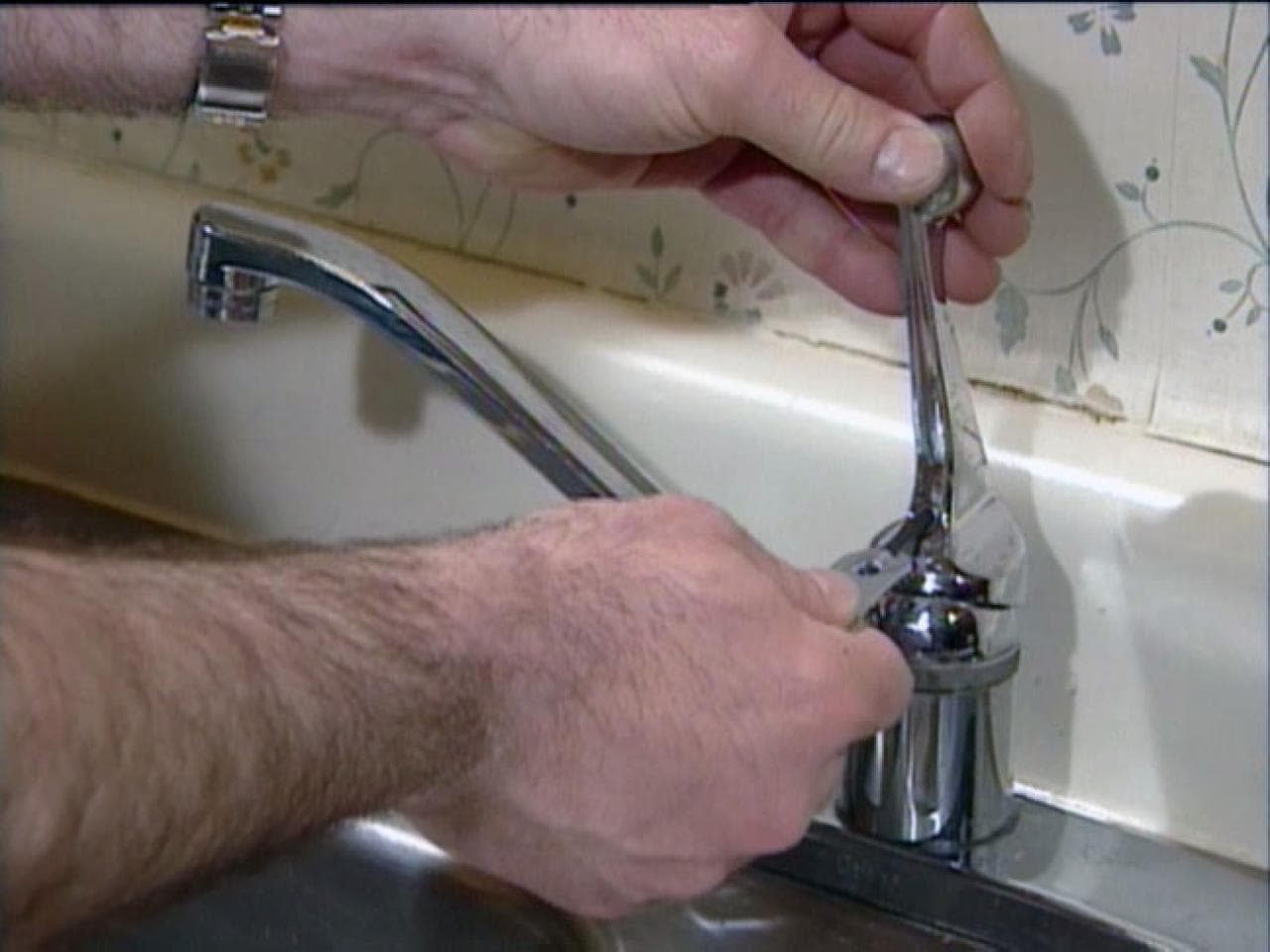Our Factors Behind Correcting a Leaking Faucet
Our Factors Behind Correcting a Leaking Faucet
Blog Article
We have found this great article about Should I Repair or Replace a Leaky Faucet? listed below on the net and thought it made perfect sense to share it with you on my blog.

Leaking faucets may seem like a minor trouble, yet their impact exceeds simply the aggravation of the audio. From wasting water to incurring unnecessary monetary prices and health and wellness threats, ignoring a dripping faucet can result in different repercussions. In this write-up, we'll look into why it's crucial to address this typical family concern quickly and successfully.
Waste of Water
Ecological Influence
Leaking taps contribute substantially to water wastefulness. According to the Epa (EPA), a solitary tap leaking at one drip per second can waste more than 3,000 gallons of water per year. This not just pressures water sources yet additionally influences ecological communities and wild animals depending on them.
Step-by-Step Overview to Taking Care Of a Dripping Tap
Tools Called for
Prior to trying to take care of a dripping tap, collect the required tools, including a flexible wrench, screwdrivers, substitute components (such as washers or cartridges), and plumber's tape.
Common Tap Issues and Their Solutions
Identify the kind of faucet and the details concern triggering the drip. Common troubles consist of worn-out washers, rusty shutoff seats, or defective O-rings. Refer to maker directions or online tutorials for detailed advice on repair services.
Financial Expenses
Increased Water Costs
Beyond the ecological effect, dripping taps can pump up water bills significantly. The accumulated wastefulness gradually translates right into higher energy costs, which can have been prevented with timely fixings.
Prospective Residential Or Commercial Property Damages
Moreover, extended dripping can cause damage to components and surfaces bordering the faucet. Water build-up can cause staining, deterioration, and even architectural issues if left unattended, causing additional repair service costs.
Health and wellness Concerns
Mold And Mildew and Mildew Growth
The consistent presence of wetness from a dripping faucet develops an ideal atmosphere for mold and mildew and mold growth. These fungis not just jeopardize interior air top quality but also pose health and wellness dangers, particularly for people with respiratory problems or allergic reactions.
Waterborne Diseases
Stationary water in trickling taps can end up being a breeding ground for microorganisms and other microorganisms, raising the danger of waterborne conditions. Pollutants such as Legionella microorganisms flourish in stationary water, possibly resulting in significant diseases when consumed or inhaled.
Do it yourself vs. Specialist Repair service
Advantages and disadvantages of Do It Yourself Repair Work
While some may try to fix a leaking faucet themselves, DIY repair services come with their very own set of obstacles. Without appropriate knowledge and tools, do it yourself attempts can intensify the concern or result in insufficient repair work, prolonging the issue.
Benefits of Working With an Expert Plumber
Working with a specialist plumber makes certain that the underlying cause of the leaking faucet is resolved effectively. Plumbing technicians possess the competence and devices to diagnose and fix faucet problems efficiently, saving time and decreasing the threat of more damages.
Ecological Duty
Private Payment to Conservation
Taking obligation for taking care of leaking faucets straightens with wider initiatives towards water conservation and ecological sustainability. Every person's actions jointly make a substantial effect on maintaining priceless resources.
Sustainable Living Practices
By focusing on punctual repair services and adopting water-saving behaviors, people add to lasting living practices that profit both present and future generations.
Safety nets
Routine Maintenance Tips
To stop dripping faucets, carry out routine upkeep such as cleansing aerators, inspecting for leakages, and changing worn-out components quickly. Additionally, think about setting up water-saving gadgets or upgrading to much more effective components.
Importance of Prompt Services
Resolving dripping taps as soon as they're noticed prevents more water wastage and potential damages, ultimately conserving both water and money over time.
Impact on Property Worth
Perception of Well-Maintained Building
Maintaining a property in good condition, consisting of resolving maintenance problems like trickling faucets, improves its regarded value and charm among potential purchasers or lessees.
Impact on Resale Value
Characteristics with properly maintained plumbing components, including faucets, command higher resale worths in the property market. Addressing leaking taps can contribute to a positive impression during residential property examinations and arrangements.
Verdict
Dealing with a dripping tap surpasses plain ease; it's an essential action toward conserving water, lowering economic prices, and protecting health and residential or commercial property. Whether via DIY repairs or professional assistance, taking action to deal with trickling faucets is a little yet impactful way to advertise responsible stewardship of sources and contribute to a much healthier, a lot more lasting future.
Why Are My Faucets Dripping (And Can I Fix it Myself)?
Causes of a Dripping or Leaking Faucet
Whether you’re hearing drops of water falling and hitting a sink, or noticing water ooze out from the base of the spout, you shouldn’t ignore a dripping or leaking faucet. And, the good news is, sometimes you can fix the problem yourself.
In this article, we’ll review a few common causes of dripping and leaky. We’ll also walk you through some basic ways to find the problem and handle it without calling anyone — and let you know when to call in a pro.
But, no matter what the cause, or whether you can handle it on your own, the sooner you address it, the better.
Each drip may be a tiny amount of water. But, they all add up quickly. According to the U.S. Geological Survey, one faucet losing one drop every 20 seconds — five a minute — wastes around a liter of water every day, and 173 gallons a year.
Add in more than one in your house, and it’s a lot of water to waste. So, we’ll help you get to the bottom of things quickly.
Four Reasons Your Faucet May Be Dripping
Aerator is Damaged or Unseated Valve Seat is Corroded O Ring is Loose or Worn Out Part of the Assembly is Loose Aerator is Damaged or Unseated
If you unscrew the end of your faucet, you’ll find the aerator. It’s the little stem piece with a screen on it that shuts off the water circulation.
If it’s damaged, or if it’s not sitting right, it will allow water to pass through.
Valve Seat is Corroded
Next is the valve seat, which is connected to the washer. If the washer wasn’t in place correctly, then it could have ground against the seat. Over time, this damages the valve seat.
The problem could also be corrosion: Over time, the part has worn out, and it’s now allowing water to pass through.
O Ring is Loose or Worn Out
Since the o ring is only a small rubber gasket, it’s a common reason why the faucet is dripping. You’ll find it at the base of the faucet, and it’s there to keep water from coming out where it’s not supposed to.
However, it’s common for the o ring to wear out over time. When it does, you’ll notice a drip.
Part of the Assembly is Loose
So far, we’ve looked at a few small, specific parts. But, the problem could be anywhere in the assembly if something’s out of place.
Even if a part isn’t damaged, over time, it may have become loose or dislodged. It could be the parts we mentioned, or the aerator at the tip of the faucet, the stem itself,
Can I Fix a Leaky Faucet Myself?
Depending on the problem, and how handy you are, there’s a chance you can fix a leaky faucet without calling a professional. But, you do run the risk of making the problem worse.
If it’s a small drip, you can certainly try a few troubleshooting tactics. We’ll walk you through them in a moment.
But, no matter what, your first step should be shutting off the water coming into the faucet. You should find a shutoff valve under the sink on the pipes leading to it. Turn each one clockwise until they close tightly.
Next, make sure you have the right tools for whatever you’re attempting. It’s tempting to make do with what you have. But, you need the right ones for a reason: You’re often dealing with small parts that can break if you handle them carelessly.
If you’re feeling confident, here are some places to start.
Items Near the Tip of the Faucet
A few of the parts we mentioned — particularly the valve seat and washer — are located at the tip of the faucet where the water comes out. They’re easy to access, making it a good place to start.
Check the O Ring
To check the o ring, you’ll need to take off the spout at the base. It’s easiest on kitchen sinks with long spouts, versus the smaller, bulkier base on most bathroom sinks.
Either way, this can be tricky, so do it carefully and don’t force anything. If it’s not coming right off, you’re much better off calling in a pro than possibly breaking something.
For a kitchen sink, there’s usually a nut or coupling assembly at the base of the spout. These often slide off easily without using any tools.
Once you’ve disassembled those parts, gently but forcefully twist off the spout.
Then, you can see the o rings. There should be two of the rubber gaskets on the base. If they look worn or damaged, replace them, and see if that solves the problem.

We were guided to that article about What Causes Leaky Faucets & How To Fix Them from a good friend on a different domain. Are you aware of another person who is fascinated with Why Are My Faucets Dripping (And Can I Fix It Myself)?? Do not hesitate to promote it. We recognize the value of your readership.
Report this page